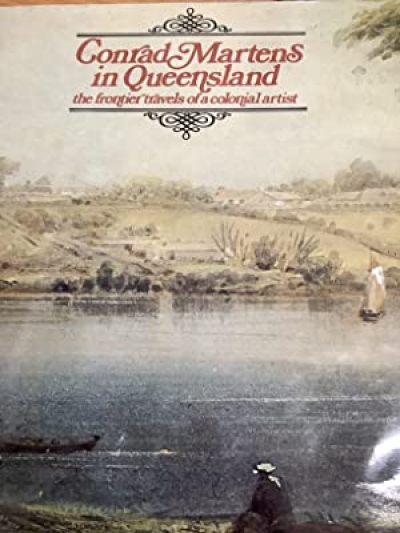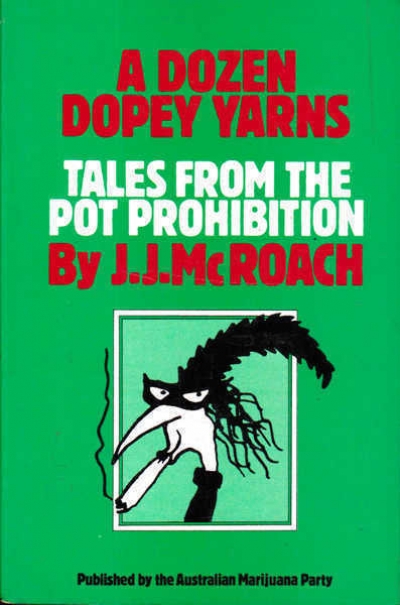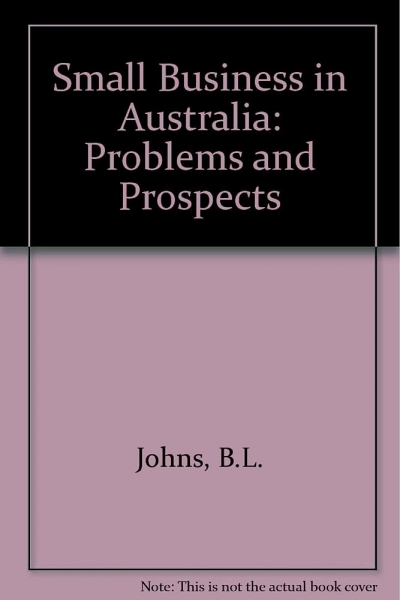Archive
Conrad Martens in Queensland by J.G. Steele & A few Thoughts and Paintings by Ted Andrew
by Gary Catalano •
A Dozen Dopey Yarns: Tales from the pot prohibition by J.J. McRoach
by Phillip Edmonds •
Henry Lawson: Favourite verse edited by Nancy Keesing, illustrated by Walter Stackpool
by Clement Semmler •
Western Landmarks by Ronald P. Wright & Western Heritage by Ray and John Oldham
by Don Grant •
Eucalypts for Wood Production by W.E. Hillis and A.G. Brown & Keys to the Families and Genera of Queensland Flowering Plants (Magnoliophyta) by H.T. Clifford and Gwen Ludlow
by Julie Marginson •
So much has been written about Language One in various English teaching journals that there is little to add. What has been written has usually been critical – often very critical – ranging from ‘not only is it a bad book, but it is misleading’ (Idiom) to ‘buy one for your barbeque. soon’ (Opinion). Language Two will doubtless produce a similar response – from theorists, book reviewers, and the occasional highly competent teacher.
... (read more)Small Business in Australia: Problems and prospects by B.L. Johns, W.C. Dunlop, and W.J. Sheehan
by Les Taylor •









